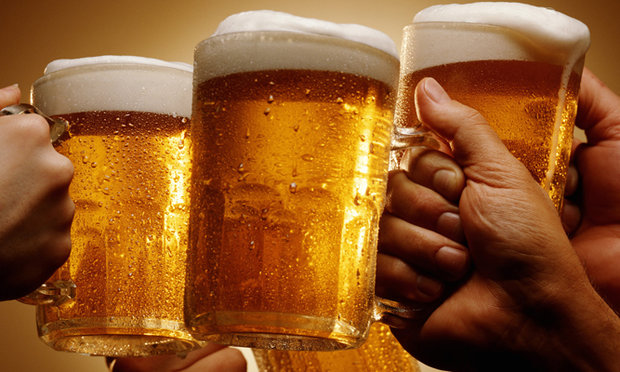Everyone has cholesterol. Defined by the Mayo Clinic as “a waxy substance that’s found in the fats (lipids) in your blood,” the substance has been given a bad rap. The truth is, cholesterol on its own isn’t bad — having high amounts of it, however, can increase your risk of developing heart disease.
One way to combat the risks associated with high cholesterol is to make some lifestyle changes, especially to your diet. You might already know that avoiding foods — such as red meat and trans fats — can help lower your low-density lipoprotein (LDL) cholesterol levels. But just because you’re trying to lower your cholesterol doesn’t mean all of your favorite foods are off the table.
Here are five surprising foods that you can still eat if you have high cholesterol.
Dairy
You might think that when you have high cholesterol, you should avoid all kinds of cheese, but that’s actually not true. Low-fat cheeses and other dairy products are a good way to get calcium without increasing your cholesterol, according to WebMD.
Even with high cholesterol, you’ll need to find sources of Vitamin D, which helps you take in calcium. The vitamin is present in many dairy products, so find low-fat or reduced-fat yogurts, milk, and cheeses.
For those who don’t consume dairy, however, you can still absorb calcium through certain cereals, juices, and green, leafy vegetables.
Fatty foods
Remember, not all fat is bad fat. Unsaturated fats (which include polyunsaturated fatty acids and monounsaturated fats) can help lower your cholesterol levels, according to the Mayo Clinic.
Avocados are also a great source of monounsaturated fatty acids, according to the Journal of the American Heart Association and as a result, can help improve your LDL levels. You should find ways to incorporate the fruit into your diet, whether by adding it to sandwiches, salads, or even toast.
Meats
While you should definitely steer clear of red meats, it’s okay to have lean cuts of meat in your diet. Try pork tenderloin or a beef sirloin, but read the labels to ensure that the meat you’re eating is at least 92% fat-free. Lean cuts are essential to balancing your cholesterol.
For beef and pork, trim off any visible fat you might encounter. You can also indulge in some skinless cuts of chicken or turkey breasts.
Butterlike spreads
Plant stanols and sterols are natural compounds that can help lower LDL cholesterol. You can find them in margarine-like spreads, which work just like butter but without the artery-clogging fats that come with it. Eating nine to 10 grams of stanols per day can help lower your LDL cholesterol by as much as 22%.
Specific spread brands include Fleischmann’s, Smart Balance, Bluebonnet, and Shedd’s Spread Country Crock. Make sure you don’t use these for baking, however. Because there’s less fat and more water, it tends to cause whatever you’re baking to spread out and become very thin.
Spices
That doesn’t mean spicy foods, just the seasonings that add some flavor to your meals. Turmeric, red cayenne pepper, thyme oil, and ginger can all lower your triglyceride levels, according to Everyday Health. Triglycerides are what make up most of the fat that you eat and are important for your overall health, so long as you aren’t consuming high levels of it.
You can find turmeric in curry powders, mustards, butters, cheeses, and even tea. Ginger is also another common kind of tea that provides excellent health benefits for you.




